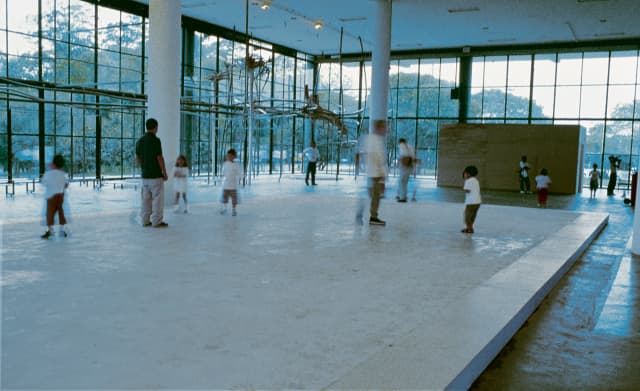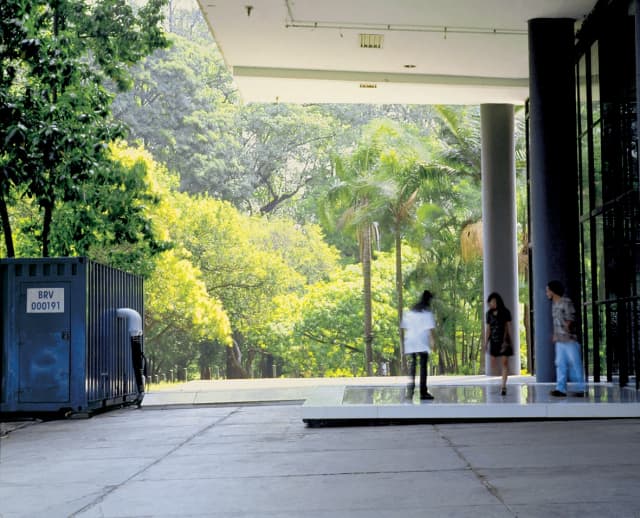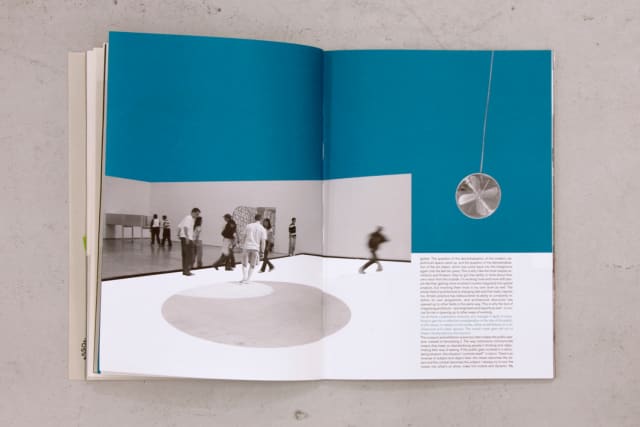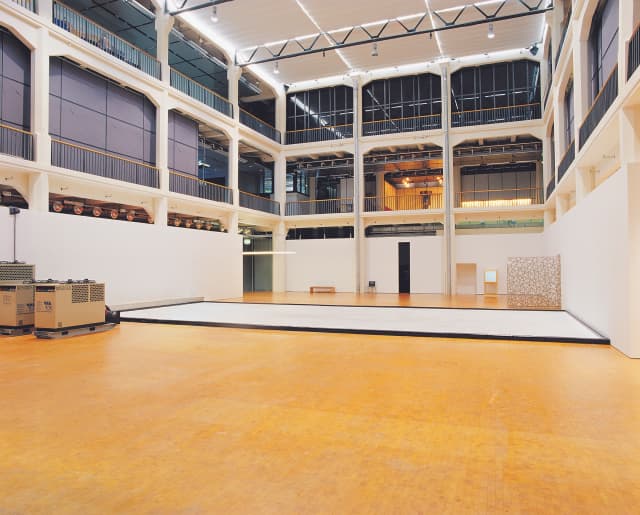1
of 9
Inside the Oscar Niemeyer biennial pavilion in São Paulo, a large, shallow basin was constructed, abutting the transparent glass façade. A second, smaller basin was installed directly adjacent to the first, but outside the façade on the plaza. The basins were filled with water and chilled to freezing point. The texture of the two ice surfaces reacted differently to the interior and exterior climates, and to the traffic of people walking across the ice. The installation has also been exhibited, under different conditions, in Kassel (1998) and Karlsruhe (2001), Germany.
| Artwork details | |
Title |
The very large ice floor |
Year |
1998 |
Materials |
Water, cooling system, metal, plastic sheet |
| Related | |
| Artist's books | |
| Exhibition catalogues | |
| Interviews | |
| Monographs | |
| Solo shows | |







